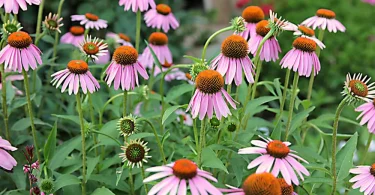Growing medicinal herbs at home is one of the most rewarding things you can do for your health, your garden, and your kitchen. These herbs are not only easy to grow, but they also offer natural remedies for everyday issues like headaches, digestion, stress, inflammation, and colds.
Whether you have a large backyard, a small balcony, or just a sunny windowsill, you can create your own healing herb garden with very little effort. This guide will teach you exactly how to grow medicinal herbs at home, from choosing the right herbs to caring for them successfully.

Why Grow Medicinal Herbs at Home?
Growing medicinal herbs gives you:
- Fresh natural remedies at your fingertips
- Chemical-free herbs for teas, salves, and cooking
- A more sustainable lifestyle
- A relaxing gardening hobby
- Better indoor air quality (for indoor-grown herbs)
Most herbal plants are hardy, low-maintenance, and grow well in small spaces, perfect for beginners.
Best Medicinal Herbs to Grow at Home
Here are some popular and powerful medicinal herbs that grow easily:
1. Aloe Vera
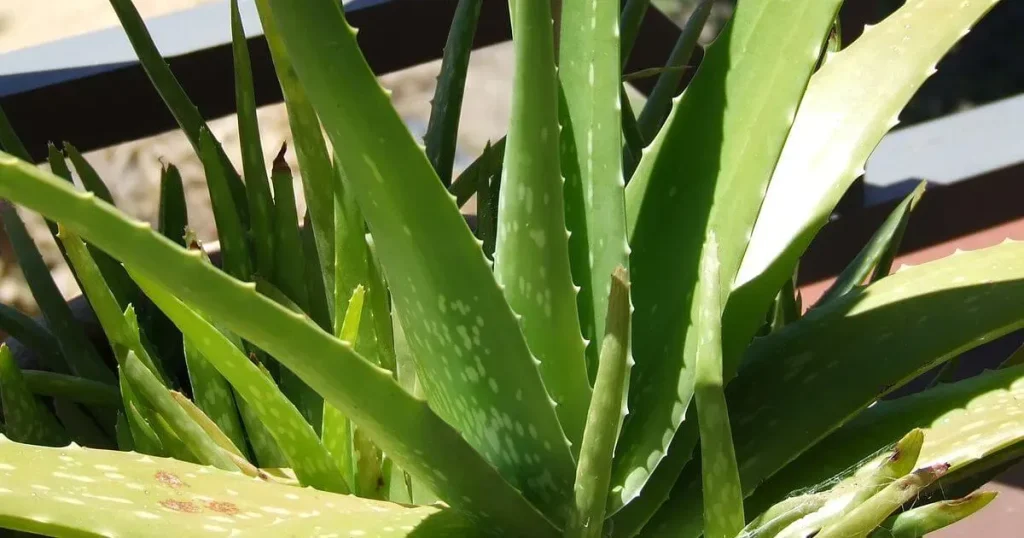
- Uses: Burns, skin irritation, cuts, hydration
- Needs: Bright sunlight, well-draining soil, minimal water
2. Mint
- Uses: Digestion, nausea, stress relief
- Needs: Partial sunlight, moist soil
- Grow mint in a pot, it spreads quickly!
3. Basil
- Uses: Immunity boost, cough, inflammation
- Needs: Warm weather, 6+ hours of sunlight
4. Chamomile

- Uses: Sleep aid, anxiety relief, digestion
- Needs: Full sun, light watering
5. Lavender
- Uses: Stress relief, headaches, natural fragrance
- Needs: Sunny spot, very well-drained soil
6. Lemongrass
- Uses: Cough, flu, digestion
- Needs: Warm climate, regular sunlight
7. Turmeric
- Uses: Anti-inflammatory, immunity
- Needs: Warm soil, indirect sunlight
8. Thyme
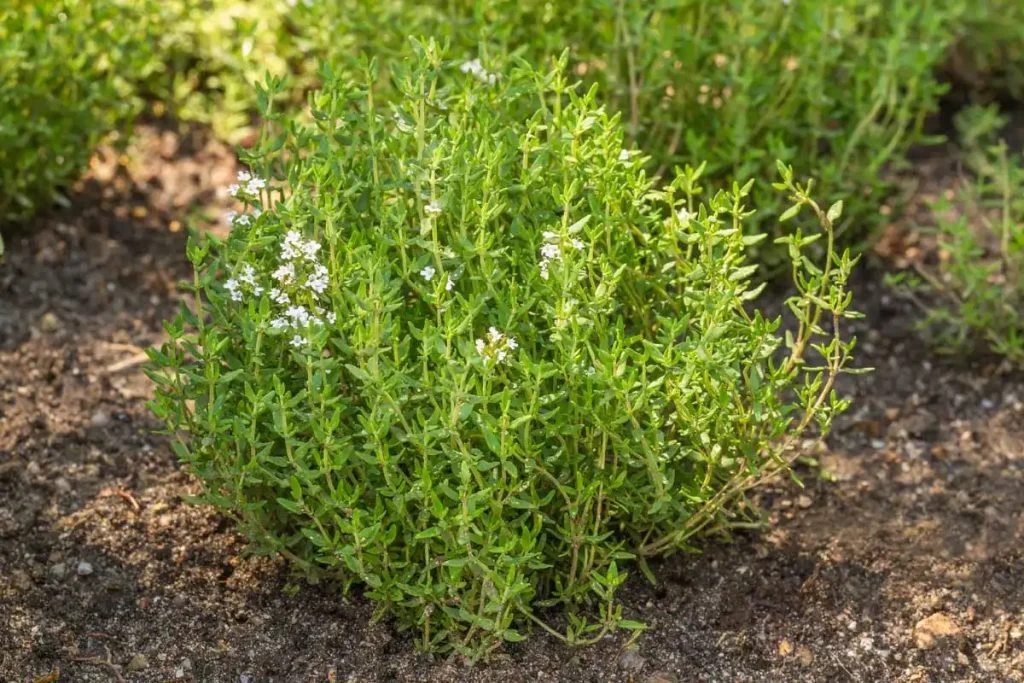
- Needs: Full sun, little water
- Uses: Sore throat, cough, anti-bacterial
Choosing the Right Location
Medicinal herbs grow best when they receive the right amount of sunlight, airflow, and warmth.
Sunny windowsills
Balconies or patios
Raised beds
Kitchen countertops with grow lights
Most herbs need 4–6 hours of sunlight. Indoor herbs may need a small grow light in winter.
Planting Medicinal Herbs: Step-by-Step
Follow this simple planting guide whether you use pots, soil beds, or containers.
Step 1: Choose a Suitable Container
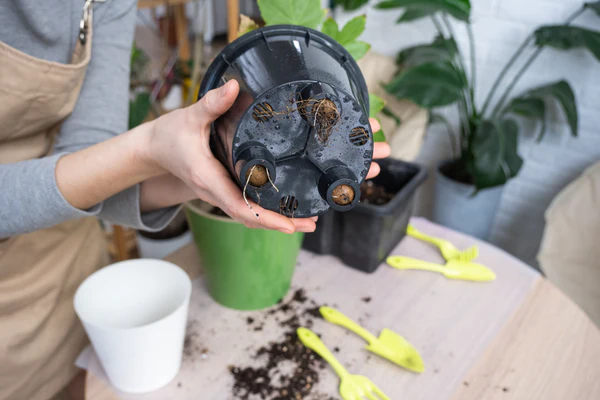
Herbs grow well in small pots. Use containers with drainage holes to avoid root rot.
- Materials: Clay, ceramic, or plastic
- Ideal pot size: 6–12 inches deep
Step 2: Use Nutrient-Rich, Well-Draining Soil
Medicinal herbs dislike soggy soil.
Create your mix using:
- 60% potting soil
- 20% compost
- 20% sand or perlite
This helps roots stay healthy and strong.
Step 3: Sow Seeds or Transplant Seedlings

Both methods work well:
- Seeds: Cheaper, but take longer
- Seedlings: Faster results for beginners
Plant seeds shallow—only ¼ inch deep.
Step 4: Water Properly
Most herbs prefer slightly dry soil.
- General rule:
Water only when the top inch of soil is dry. - Overwatering is the #1 mistake new herb growers make.
Step 5: Ensure Good Air Circulation
- Airflow prevents fungus and pests.
- Place herbs near windows or fans indoors
- Leave space between pots
- Avoid overcrowding
Step 6: Harvest the Right Way

- Herbs love being harvested! It encourages new growth.
- Never remove more than 30% at once
- Use clean scissors
- Cut from the top, not the bottom
Caring for Your Medicinal Herb Garden
1. Prune Regularly
Keeps plants bushy and healthy.
2. Add Organic Fertilizer Monthly
Compost, worm castings, or liquid seaweed work best.
3. Protect From Pests
Use:
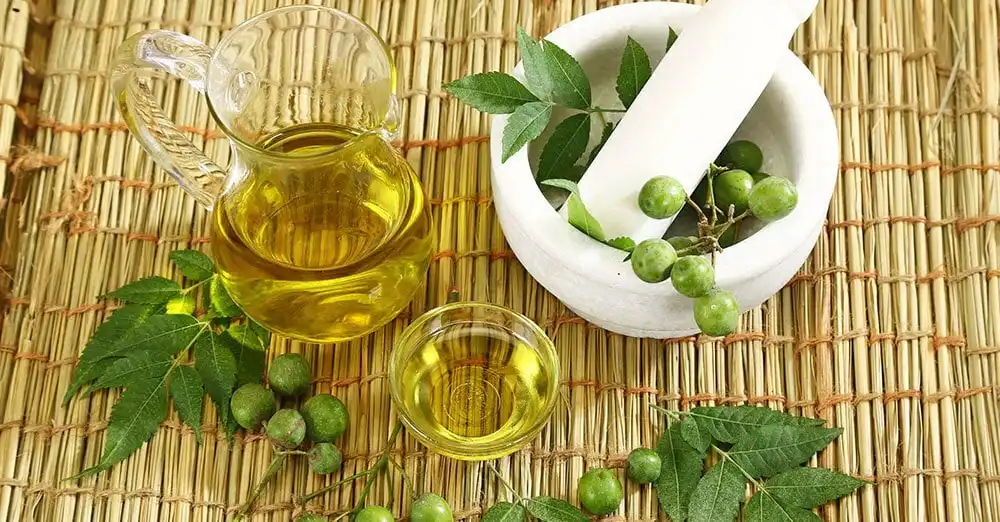
- Neem oil spray
- Soapy water spray
- Companion planting (e.g., mint deters ants)
4. Move Plants Indoors During Winter
Most herbs dislike extreme cold.
Final Thoughts
Growing medicinal herbs at home is simple, low-cost, and incredibly beneficial. With just a few pots, sunlight, and the right watering routine, you can create a mini herbal pharmacy in your own home.
You don’t need to be an expert gardener, start small, stay consistent, and enjoy the amazing natural benefits of healing herbs.


